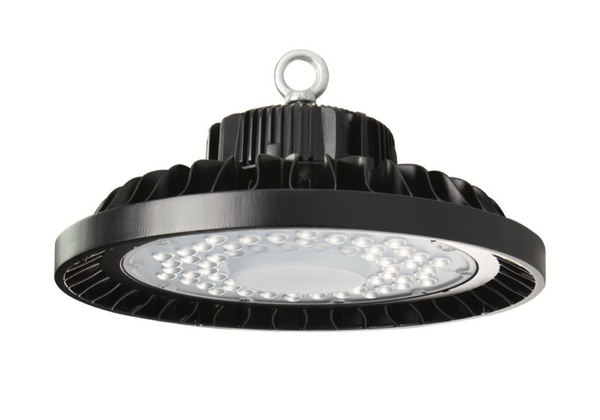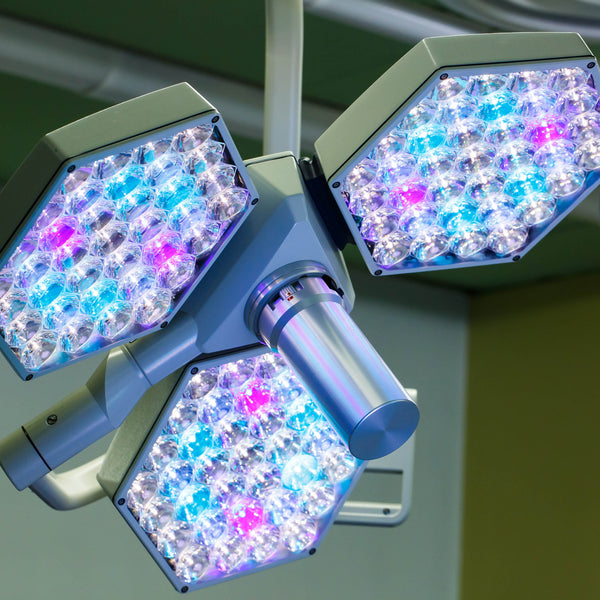CHOOSING LED LIGHT COLORS FOR COMMERCIAL SPACES

July 6, 2017
Implementing the ideal lighting design for a commercial space is more important than it may seem at first. Lighting can affect the atmosphere of the work place as well as the motivation and physical comfort of the employees. Choosing the right LED lighting colors and overall lighting design should provide employees with a feeling of well-being and productivity creating a space of safety, stimulation and comfort. Different areas require different layers and levels of light – an umbrella approach to illumination isn’t going to cut it.
LED lighting offers building managers, architects, interior designers and visual merchandisers sustainable energy solutions with a positive eco-friendly impact and enhanced visual environment. When developing a lighting plan for any commercial space, there are several considerations including lamp life, lumen maintenance, system efficiency, daylight integration, cost, and flexibility. Among these essentials is light color rendering and appearance. Wait, light bulbs emit a color? What are my choices…white, white, or white? Well, not exactly.
COLOR ILLUMINATION 101
All light sources are not equal. While two lights may emit the color white and from a distance look the same, they may actually render the color differently making the space feel and look completely different as well. When selecting the right color lighting for your space, two units of measure are used to define light source color properties: Correlated Color Temperature and Color Rendering Index. The space is sure to have a balance of color when you select lamps of the same Correlated Color Temperature and very similar Color Rendering Indices.
CORRELATED COLOR TEMPERATURE (CCT)
CCT describes the warmth or coolness of a light source. When metal is heated, the color of the light emitted changes. The color begins as red and then graduates to orange, yellow, white and then transitions to deeper colors of blue. The physical measure of the metal’s temperature is called Kelvin and is measured in degrees. All lamps are given a color temperature based on the color of the light emitted.
Confusingly, color temperature does not relate to a lamp’s actual heat, but color level. White light can fall into three color temperature categories: warm, neutral, and cool. Higher Kelvin temperatures (3600-5500 K) are considered cool and lower temperatures (2700-3000 K) are considered warm. Cool light produces a higher contrast than warm light and is considered favorable for more visual tasks. Warm is flattering to skin tones and clothing and would work well in retail spaces and store fronts. Warm light makes a space feel smaller, more comfortable and familiar, where cooler light makes areas appear more spacious.

(source: http://www.luxtg.com/kelvin-setting-the-mood-with-cct/)
COLOR RENDERING INDEX (CRI)
This index measures how a light source renders the color of objects compared to how a reference light source renders the same color. In other words, it is a measure of a light source’s ability to show object colors “naturally.” It’s a comparative measure that ensures light is distributed equally throughout a space. CRI is rated on a scale from 1-100. The lower the CRI level, the less accurately colors will be reproduced. The higher the number, the better the color rendering ability will become. For commercial spaces to be presented in a more natural way, a CRI value of 80 – 100 is recommended.

LIGHT LAYERING
Simply making a space brighter is not an effective LED lighting solution as it can cause unnecessary eye strain, fatigue and may waste of energy. Layering light sources and using contrast throughout your building will create spaces with high visual interest, depth and dimension.
There are four basic layers of lighting:
- General lighting (also known as ambient light)
- Accent lighting
- Task lighting
- Decorative lighting.
Layering these four types of light can be used to create an aesthetically comfortable interior environment.
Any lighting design selected should be kept simple and sleek to avoid visual confusion. Get the best balance of light by pairing lamps with similar CCT and CRI scores and by layering lighting sources to add depth and stimulation to the space. Include dimming controls to reduce energy costs enabling you to alter the light intensity depending on the task.
Contact BREX LIGHTING for all your LED lighting needs.
Sources:
https://www.earthtronics.com/choose-led-light-colors-commercial-spaces/
http://www.contechlighting.com/sites/default/files/contechcommerciallightingguide.pdf



